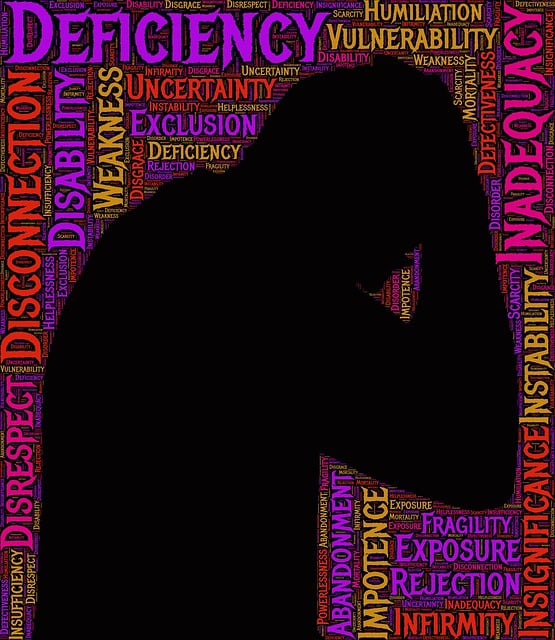Community outreach programs, modeled after Boulder Suicide Prevention Therapy (BSPT), transform mental health care by integrating services into community spaces, ensuring cultural sensitivity and accessibility. BSPT's holistic approach includes risk assessments, resilience-building workshops, and a focus on fostering belonging, empowering diverse populations with effective coping mechanisms. To implement successful initiatives, identify local needs through research, collaborate with community leaders, use inclusive communication and evidence-based training, regularly evaluate using feedback and data, and track key performance indicators for long-term success, ensuring emotional well-being and a healthier, more resilient environment.
Community outreach programs play a vital role in fostering well-being and preventing crises. This article explores an innovative model, the Boulder Suicide Prevention Therapy (BSPT), offering a structured approach to understanding and addressing community mental health needs. We delve into effective implementation strategies, highlighting best practices for success.
Additionally, we examine comprehensive methods to measure impact and ensure long-term sustainability, drawing insights from the BSPT’s proven track record.
- Understanding Community Outreach: The Boulder Suicide Prevention Therapy Model
- Implementing Effective Programs: Strategies and Best Practices
- Measuring Impact and Sustaining Success: A Comprehensive Approach
Understanding Community Outreach: The Boulder Suicide Prevention Therapy Model

Community outreach programs play a pivotal role in addressing mental health concerns within diverse communities, and one notable model to explore is the Boulder Suicide Prevention Therapy (BSPT). This therapeutic approach goes beyond traditional clinical settings by integrating care into community spaces, fostering a sense of belonging and accessibility. The BSPT model recognizes that mental healthcare should be culturally sensitive, tailored to the unique needs of each community, and accessible to all.
By adopting this strategy, mental health professionals can conduct risk assessments for individuals within these communities, focusing on identifying and mitigating suicide risks. Furthermore, resilience building becomes an integral part of the outreach process, empowering folks with coping mechanisms and support systems. This holistic approach ensures that mental healthcare is not just provided but also deeply rooted in the cultural sensitivity required to effectively serve diverse populations.
Implementing Effective Programs: Strategies and Best Practices

Implementing effective community outreach programs requires a strategic approach that aligns with local needs and cultural contexts. For instance, initiatives like Boulder Suicide Prevention Therapy can serve as a model for fostering mental wellness and boosting self-esteem in at-risk populations. Start by conducting thorough research to identify the specific issues within your community, such as high rates of stress or lack of access to quality therapy services. Engage community leaders and local organizations to ensure buy-in and collaboration. Tailoring programs to address these unique challenges can lead to better participation and outcomes.
Best practices include employing diverse communication channels to reach a wide audience, offering inclusive and free services, and training volunteers or staff in the latest evidence-based techniques for stress reduction methods. Regularly evaluating program effectiveness through feedback mechanisms and data collection allows for continuous improvement. By adopting these strategies, communities can create lasting positive change, enhancing overall mental wellness and improving quality of life for all residents.
Measuring Impact and Sustaining Success: A Comprehensive Approach

Measuring the impact of community outreach programs is a crucial step to ensure their long-term success and sustainability. It involves a comprehensive approach that goes beyond immediate outcomes. By implementing robust evaluation methods, organizations can understand the depth and breadth of their initiatives’ effects on the target population’s emotional well-being promotion techniques. This process includes tracking key performance indicators (KPIs) related to mental health awareness, risk assessment for mental health professionals, and mood management strategies.
For instance, in the context of Boulder Suicide Prevention Therapy, assessing the success of community outreach could involve monitoring the number of individuals who access therapy services following the program’s intervention. Additionally, qualitative feedback from participants and stakeholders can provide valuable insights into the program’s strengths and areas for improvement. This holistic approach not only helps in refining current initiatives but also guides future strategies to better serve the community, fostering a more resilient and healthy environment.
Community outreach programs, as exemplified by the Boulder Suicide Prevention Therapy Model, can significantly impact mental health awareness and access. By implementing effective strategies and best practices, organizations can create sustainable change. Measuring impact is crucial to understanding what works and ensuring ongoing success. Through these comprehensive approaches, we can foster healthier communities and better support those in need, ultimately reducing suicide rates and enhancing overall well-being.











